
What am I going on about now?
Exactly.
Dialogue ... in our novels to be exact.
The best words are actions, of course. But that doesn't mean your significant other doesn't want to hear the words.
"I love you."
In the cartoon above Calvin doesn't say he trusts and loves his mother. His actions show it.
But you and I both know she'd probably like to hear it from him sometime.
I.) Good dialogue is essential in our novels if we want to succeed.
A.) What is good, "draw in the reader" dialogue?
B.) It is not actual speech.
1.) we pause.
2.) we drift
3.) we stray or become confused and stammer.
C.) It is not the State of the Union Address either.
1.) No blunt instrument of prose
2.) No chunky, thick paragraphs.
D.) It is a reflection of real speech:
1.) It is the distillation of actual speech
2.) Think of it as a pruned bonzai tree of real conversation.
II.) We interrupt each other
1.) People break into the words of the other or plain talk over one another in a "listen to me now" barrage of words.
2.) No taking polite turns in real life.
3.) So aim to have the other person respond to the other character after every line.
4.) It won't always be possible, but you should never let a person talk for more than 3 lines.
5.) Why?
6.) Never tire the eye of the reader (especially the already tired eye of the agent!)
III.) Good dialogue reveals the character of the person talking
A.) Surface message reveals
B.) The intent of the speaker.
IV.) Good dialogue reveals the inner heart and mind of the speaker while moving the story forward at the same time.
V.) Good dialogue gets to the gut level of the character speaking, defining her experience of what is going on around her and her reactions to it.
A.) Having your character's every other line questioned or reacted to by another ...
1.) creates a deeper, more dramatic story.
2.) creates more complex, more "real" characters.
3.) drawing the reader into believing the reality of your fictive world.
B.) You don't have to get this exact in your draft.
1.) Leonard da Vinci sketched the bold outline of his complete image in bold sweeps at first.
2.) He later refined and added depth after the whole composition was sketched on his canvas.
3.) That is what you do with your prose canvas.
4.) Trying to get your dialogue spot-on in the draft will only end up blocking you up.
VI.) Good dialogue requires rewriting.
A.) Rewriting in dialogue is cutting.
B.) Think of it as going on a word diet.
1.) Cut out every word you can do without as you would calories.
2.) Cut out going back for dessert :
3.) No seconds for your favorite words and phrases. One to a conversation.
C.) Read aloud your dialogue
1.) Listen to the rhythm of the interplay between the characters.
2.) Each character should have their own distinct rhythm of talking.
3.) Each character should have their own distinct way of expressing themselves.
a.) their favorite words and phrases should be different than the others in the conversation.
b.) their differing mindsets, educational background, their prejudices, their passions should mold their words into being distinctive to themselves.
VII.) Doing all that will make your conversations in your novel seem real,
drawing the reader into becoming immersed into your story, perhaps even having them feel that the moment is actually happening.
What did George Bernard Shaw say of an irritating actress at a party? "The trouble with her is that she lacks the power of conversation but not the power of speech."
***
This tune gave birth to my novella - LET THE WIND BLOW THROUGH YOU
http://www.amazon.com/LET-WIND-BLOW-THROUGH-YOU-ebook/dp/B004ZZT0XE/

















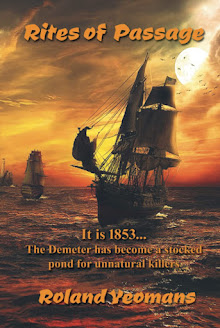
































































































































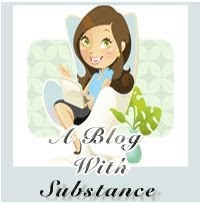







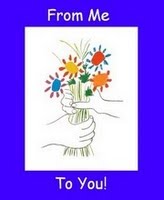

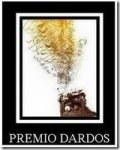

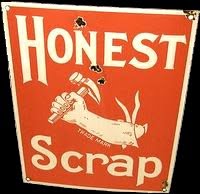



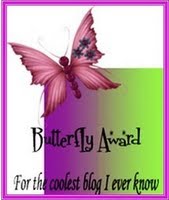



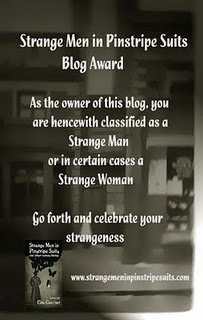
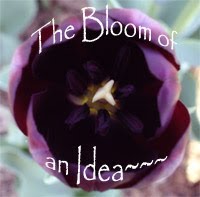



















This is very good advice about dialogue. I've read too many books where all the characters have the same pattern of speech, the same vocabulary, the same rhythm, except maybe for the bad guy who talks like a cartoon of a villain.
ReplyDeleteI used to go to a lot of plays, and that helped to teach me about dialogue. For me, The Laramie Project had the most astonishing, memorable dialogue, yet it was based on real stories told by real life people--hence the distinct, different voices.
Hear, hear. And clumsy unconvincing dialogue is the start of the end for me. And often a swift end.
ReplyDeleteGreat advice! Scenes and dialogue are two things I enjoy writing even if I have to rework it many times.
ReplyDeleteMutual friend emailed,btw.
I'm an advocate of writing down anything that strikes an author as important in the development (rough draft) of a novel. Editing is for clearing out the trash. I think drafting is the hardest part of writing - just getting something down so the author has something to work with. Editing/revision is where the real story is developed.
ReplyDeleteI consider the first writing more like plotting; basic outline of a story that has develpmental potential.
Helena:
ReplyDeleteYou're right: the dialogue that stays with us is the dialogue that sounds real with differing voices speaking. :-)
Elephant's Child:
Clumsy or artificial dialogue is the beginning of the end for any book I read, too!
D.G.:
Thanks for the email. :-)
Polishing dialogue is what I do while showering and shaving. Gypsy used to look at me strangely at those times. LOL.
Oh, the book where she stars in several chapters, GHOST OF A CHANCE, is very soon to come to audiook format!!
Donna:
Definitely, you must have something to polish and shine in your editing after all!
Helena:
ReplyDeleteYou're right: the dialogue that stays with us is the dialogue that sounds real with differing voices speaking. :-)
Elephant's Child:
Clumsy or artificial dialogue is the beginning of the end for any book I read, too!
D.G.:
Thanks for the email. :-)
Polishing dialogue is what I do while showering and shaving. Gypsy used to look at me strangely at those times. LOL.
Oh, the book where she stars in several chapters, GHOST OF A CHANCE, is very soon to come to audiook format!!
Donna:
Definitely, you must have something to polish and shine in your editing after all!